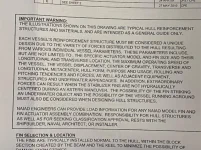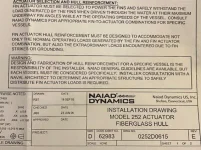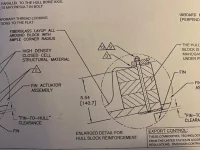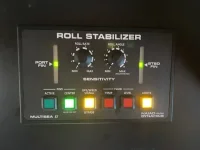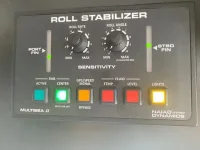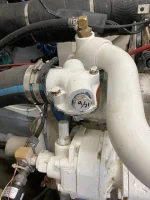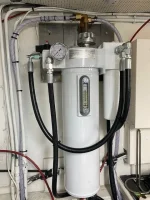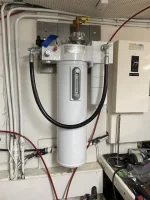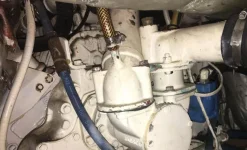JD5652
Well-known member
- Joined
- Mar 23, 2019
- Messages
- 763
- Status
- OWNER - I own a Hatteras Yacht
- Hatteras Model
- 58' LRC (1975 - 1981)
As a side note... removal and reinstallation of the DC breakers is quite tricky. The outer mounting screw is difficult to get to and must be fully removed from the panel before you can remove the breaker. The inner mounting screw does NOT have to removed entirely, it can be loosened about 50% and the breaker will slide out. Be sure to de-energize the entire panel since you have to touch the live bus with the screwdriver in order to get to the mounting screws. Also, a "holding screwdriver" makes this job much easier.

